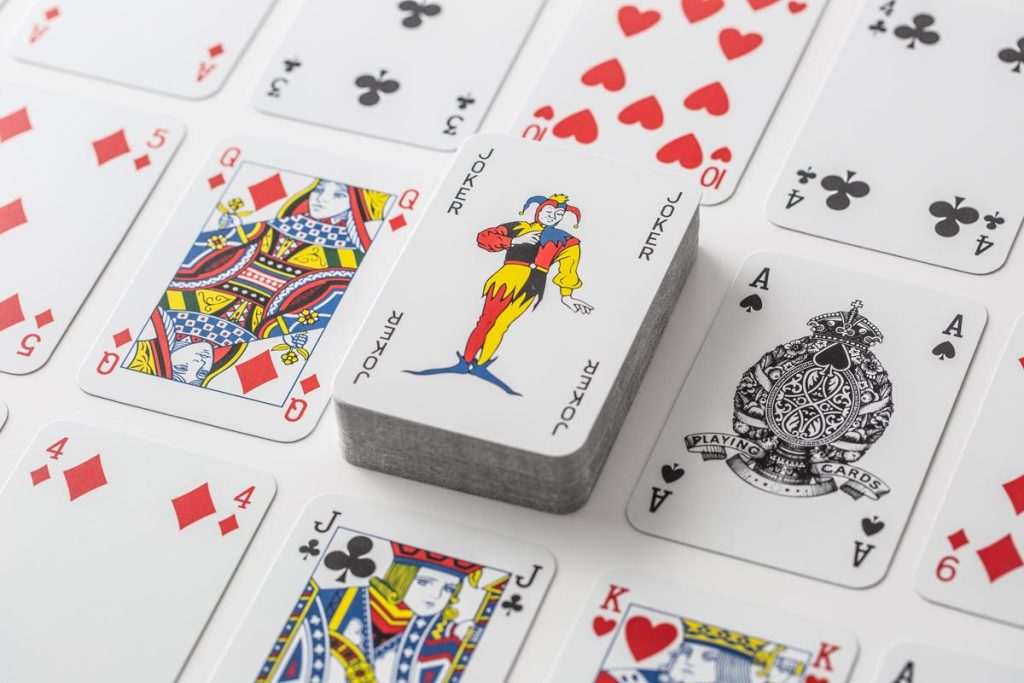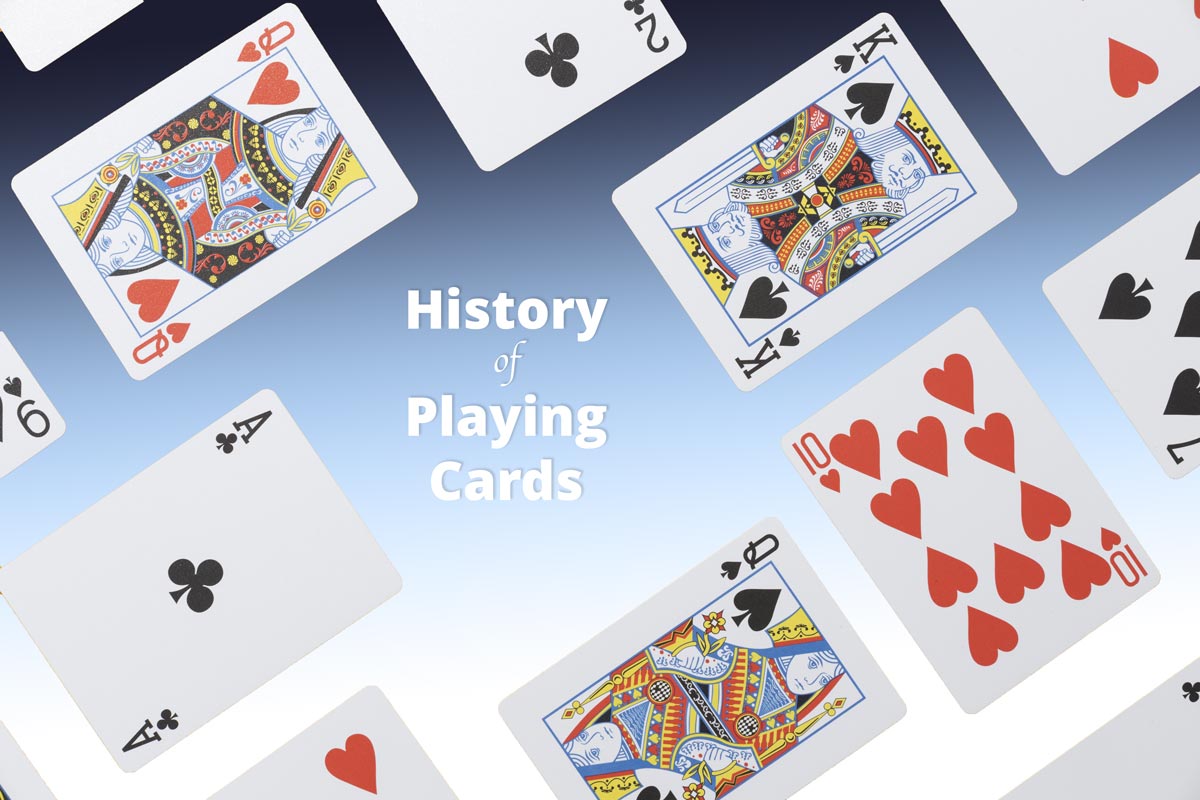A Deck of Wonders: Unveiling the Storied History of Playing Cards
Introduction
Playing cards have been a source of entertainment, strategy, and social interaction for centuries. The humble deck of cards, a familiar sight at game nights and casinos worldwide, has a rich and diverse history that spans cultures, continents, and centuries. In this exploration, we delve into the fascinating journey of playing cards, from their mysterious origins to their widespread popularity across the globe.
The Birth of Playing Cards
The exact origins of playing cards are shrouded in mystery, with various theories and legends circulating throughout history. One prevailing theory suggests that playing cards originated in ancient China during the Tang Dynasty (618–907 AD). The Chinese are believed to have created a game involving painted or printed tiles that combined elements of both cards and dominoes. These early cards were adorned with intricate designs and symbols, often depicting Chinese cultural motifs.
From China, playing cards are said to have made their way along trade routes, spreading to the Middle East, Persia, and India. By the late 14th century, playing cards had reached Europe, likely through interactions with the Islamic world. The early European cards, heavily influenced by Islamic designs, featured suits such as cups, swords, coins, and polo sticks.
The Evolution of Card Designs
As playing cards gained popularity in Europe, their designs underwent significant transformations. The suits evolved to reflect European culture, with cups becoming hearts, swords turning into spades, coins changing to diamonds, and polo sticks transforming into clubs. The transition from hand-painted cards to woodblock printing allowed for mass production, making cards more accessible to a broader audience.
During the Renaissance, playing cards became a canvas for artistic expression. Intricate illustrations adorned the cards, and the introduction of face cards—depicting kings, queens, and jacks—added a new layer of complexity and storytelling to card games. Notable artists of the time, such as Albrecht Dürer, contributed to the development of elaborate and visually stunning card decks.
The Spread of Card Games
As playing cards became increasingly popular, a myriad of card games emerged, each with its own set of rules and variations. Card games served not only as entertainment but also as a means of social interaction, gambling, and skill development. In Europe, games like Tarot and Ganjifa gained popularity, each reflecting the cultural nuances of the regions where they were played.
In the 17th century, the French introduced the standardised 52-card deck that is widely used today. This standardisation facilitated the widespread adoption of card games and simplified the production process. The French deck included the familiar suits of hearts, diamonds, clubs, and spades, along with the iconic face cards.
History of Playing Cards in Art and Literature
The influence of playing cards extends beyond the gaming table and into the realms of art and literature. Notable literary works, such as Lewis Carroll’s “Alice’s Adventures in Wonderland,” incorporate playing cards as characters, further solidifying their cultural significance. Artists like Salvador Dalí and M.C. Escher have also drawn inspiration from playing cards, creating surreal and imaginative depictions.

Cardistry and Collecting
In the 20th century, a new form of artistic expression emerged: cardistry. Cardistry involves the manipulation of playing cards to create visually stunning displays of dexterity and skill. As a performance art form, cardistry has gained a dedicated following, with enthusiasts creating and sharing intricate routines online.
Additionally, playing cards have become prized collectibles. Vintage and limited-edition decks, often featuring unique designs and themes, attract collectors from around the world. The world of playing card collecting has given rise to a vibrant community, where enthusiasts trade, showcase, and celebrate the artistry and craftsmanship of various decks.
Conclusion – History of Playing Cards
The history of playing cards is a tale of cultural exchange, artistic expression, and enduring popularity. From their enigmatic origins in ancient China to their role as a canvas for artistic creativity, playing cards have evolved and adapted across centuries and continents. Today, they continue to captivate people of all ages, providing a timeless source of entertainment and a tangible link to our shared human history. As we shuffle and deal these small pieces of cardboard, we participate in a tradition that transcends time, connecting us to the past while continuing to shape the future of play.
Feel inspired
For those enchanted by the captivating history of playing cards and inspired to embark on a personal journey of creativity, our sister websites https://www.playingcardspersonalised.co.uk/ and https://www.printfromyoursofa.co.uk provides a unique opportunity to craft personalised playing cards. Whether you’re drawn to the allure of artistic expression, wish to immortalise cherished memories or desire a deck tailored to your unique style, our sister websites offer you the best options for both. For commercial or just for private. Explore the possibilities of creating a deck that reflects your individuality and let the timeless allure of playing cards find new expression in your hands. Visit our sister websites https://www.playingcardspersonalised.co.uk/ and https://www.printfromyoursofa.co.uk to embark on your own card-making adventure and add a touch of personal magic to the rich tapestry of playing card history.




